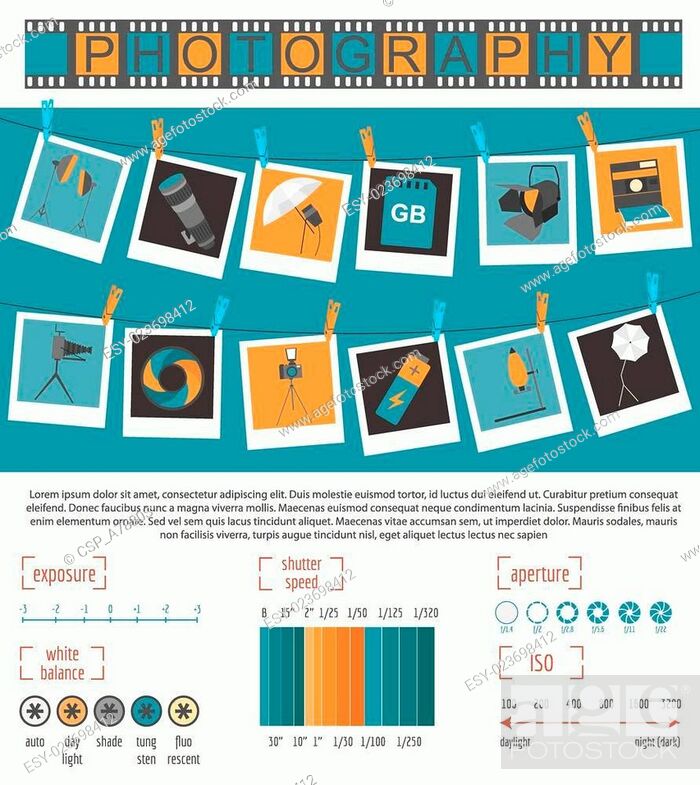Join Us To Discover Necessary Photography Suggestions That Will Certainly Open Your Electronic Camera'S Possibility-- Prepare To Capture Sensational Photos In No Time!
Join Us To Discover Necessary Photography Suggestions That Will Certainly Open Your Electronic Camera'S Possibility-- Prepare To Capture Sensational Photos In No Time!
Blog Article
Content Produce By-Lindgreen Elmore
When you initially grab your electronic camera, it can really feel frustrating with all the setups and options available. Executive headshot photographer may find yourself asking yourself how to browse aperture, shutter speed, and ISO effectively. Grasping these basics is critical, but there's even more to digital photography than just technical knowledge. Understanding structure strategies and illumination conditions can raise your photos considerably. So, suppose you could find out straightforward strategies to enhance your skills and begin recording impressive pictures sooner than you assume? Allow's explore how to change your photography journey.
Understanding Cam Setups
Recognizing your electronic camera setups is critical for recording spectacular pictures. When you grab your electronic camera, familiarize on your own with the three main settings: aperture, shutter rate, and ISO. Each plays an essential role in how your pictures end up.
Beginning with aperture, which controls the quantity of light getting in the lens. click here now (reduced f-number) lets in more light and creates a stunning background blur, best for pictures. On the other hand, a narrower aperture (higher f-number) maintains even more of the scene in emphasis, perfect for landscapes.
Next, focus on shutter speed. This setting figures out for how long your cam's sensing unit is exposed to light. A fast shutter rate ices up movement, which is fantastic for activity shots, while a slow-moving shutter rate can produce magnificent impacts like smooth water in landscapes.
Lastly, change your ISO. This setup impacts your camera's level of sensitivity to light. A greater ISO serves in low-light situations but can introduce noise or grain. Aim for the lowest ISO feasible while still accomplishing proper exposure.
Structure Techniques
When you're out shooting, structure can make all the difference in exactly how your images reverberate with audiences. Beginning by utilizing the policy of thirds; envision your structure divided into 9 equivalent areas with 2 horizontal and 2 vertical lines. Setting key elements along these lines or at their intersections to create equilibrium and passion.
Next off, think about leading lines. These all-natural lines in your scene, like roads or rivers, attract the visitor's eye right into the photograph, leading them with the story you're telling.
Don't forget about mounting; use elements within your scene, like trees or windows, to develop a framework around your topic, including deepness and emphasis.
Additionally, watch on your history. A cluttered background can distract from your main topic, while a basic one assists it stick out.
Lastly, trying out https://petapixel.com/2019/10/07/how-to-shoot-handheld-focus-stacks-for-macro-photography/ and patterns; they can develop a striking photo that captures attention.
Learning Lights Conditions
Grasping lighting problems is crucial for catching magnificent pictures, as the best light can transform a regular scene into something remarkable.
Start by observing all-natural light at various times of the day. Mornings and late afternoons provide the most effective light, referred to as the gold hour. The soft, cozy tones throughout these times can boost your photos beautifully.
Don't avoid cloudy days either; diffused light can reduce harsh shadows and develop a pleasing effect, particularly for portraits.
Experiment with backlighting by placing your subject against the light. This strategy can create a dreamy halo effect and include deepness to your images.
Take note of your video camera settings as well. Adjust the ISO, aperture, and shutter rate to match the lighting problems. A greater ISO can help in low light, but beware of grain.
Make use of a tripod in darker environments to prevent blur.
Last but not least, don't neglect artificial lights. Flash and constant lights can be wonderful devices for managing light in tough conditions.
Verdict
In conclusion, mastering your video camera does not need to be frustrating. By recognizing your settings, using make-up methods, and using the power of all-natural light, you'll quickly boost your photography abilities. Keep in mind, practice makes ideal, so go out there and explore your newly found knowledge. With Team photographer near me and dedication, you'll be catching magnificent images that show your distinct point of view. Enjoy the journey, and do not neglect to enjoy while you go to it!
